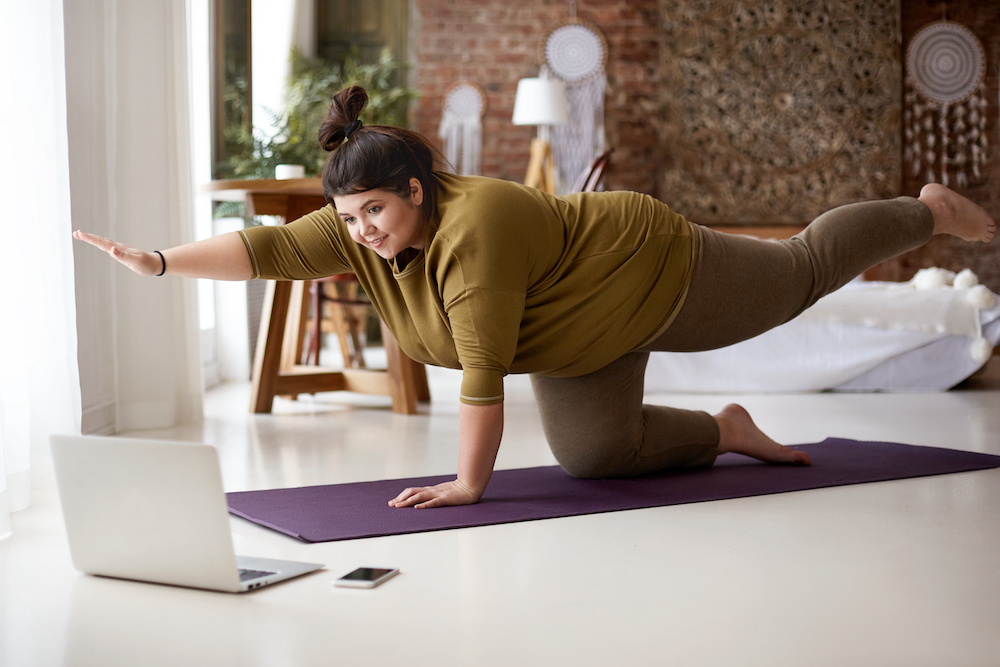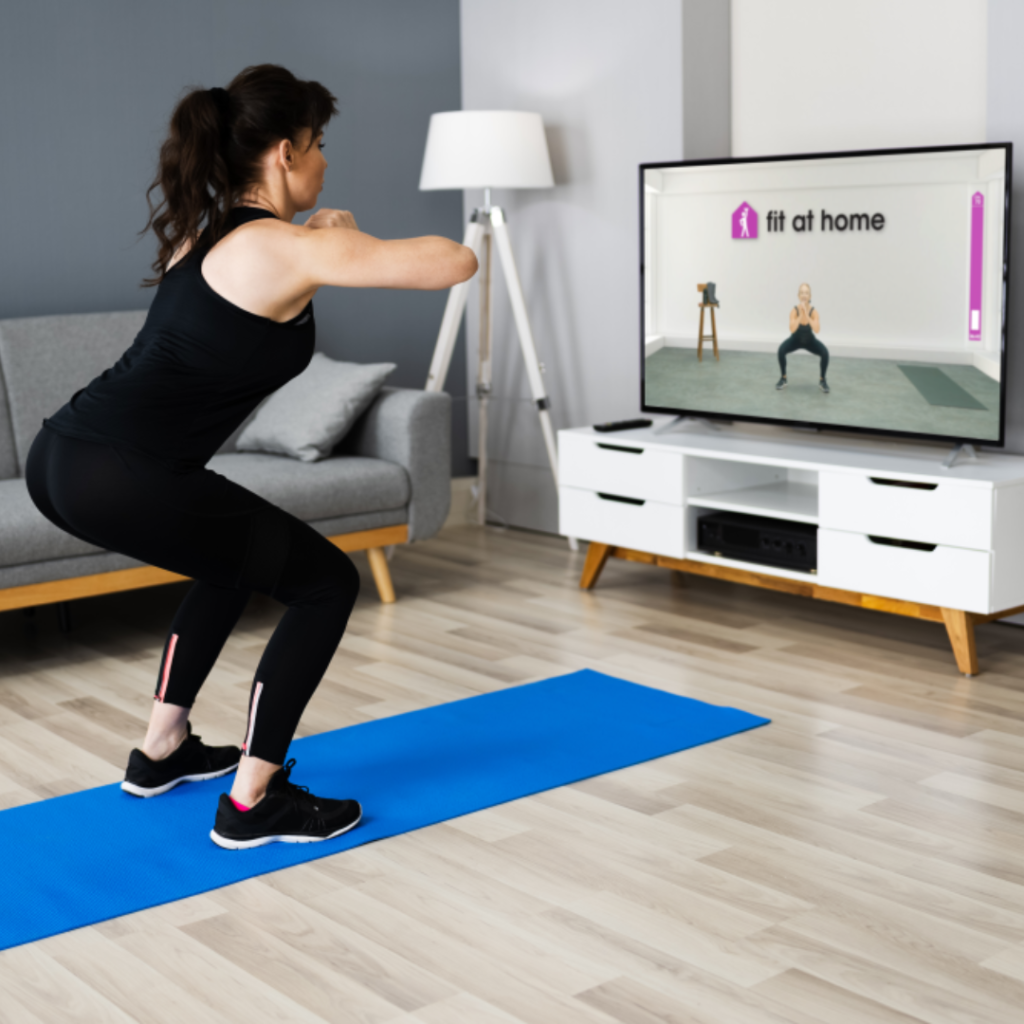In the world of fitness, achieving your desired physique and strength gains requires more than just hitting the gym regularly. One crucial aspect that is often overlooked is how you structure your workouts. Pairing the right muscle groups together can lead to significant improvements in your progress. Whether you’re a beginner or an experienced lifter, understanding what muscle groups to train together can make a remarkable difference in your fitness journey. We’ll dive into the science behind effective muscle group pairing to help you get the most out of your workouts.

The science behind muscle groups pairing
Before delving into the specifics of muscle group combinations, let’s explore the science behind why pairing certain muscles together can lead to better results. When you work out, your muscles experience microscopic damage. This damage triggers a process called muscle protein synthesis, which is essential for muscle growth and repair. To optimise this process, it’s important to pair muscle groups that complement each other and allow for adequate recovery.
Effective muscle group pairing
Push and pull
Pairing opposing muscle groups like chest (push) and back (pull) is a classic strategy. For example, combining bench presses (chest) with rows (back) not only maximises muscle recruitment but also gives specific muscles a chance to recover while their counterparts are being targeted. This approach also helps in maintaining muscular balance, which is crucial for injury prevention and overall symmetry.
Upper and lower body
Dividing your workouts between upper and lower body muscle groups is another effective strategy. This approach allows one set of muscles to recover while the other is engaged. Squats and deadlifts (lower body) can be paired with overhead presses and pull-ups (upper body) for a comprehensive workout routine that targets major muscle groups.
Compound movements and isolation exercises
Incorporating compound movements that engage multiple muscle groups with isolation exercises that target specific muscles is an excellent way to maximise muscle growth. For example, pairing squats (compound) with leg extensions (isolation) or bench presses (compound) with bicep curls (isolation) can help you achieve well-rounded results.
Legs and core
Combining leg exercises such as lunges and squats with core exercises like planks and leg raises can create a balanced routine. Both muscle groups work together to stabilise your body during movements and improve overall strength.
Transform your TV into your personal gym!

Effective muscle group exercises
Finding yourself at home doesn’t mean you have to compromise on your fitness journey. With a little creativity and determination, you can still engage in highly effective muscle group exercises that target various parts of your body. In this guide, we’ll walk you through a range of exercises that will help you build strength and stay in shape right from the comfort of your home.
1. Push-up variations (chest, shoulders, triceps)
-> Push-ups are a versatile bodyweight exercise that targets your chest, shoulders, and triceps. Start with standard push-ups, then progress to incline push-ups (using a sturdy surface like a countertop), decline push-ups (elevating your feet), or diamond push-ups (hands close together in a diamond shape).
2. Bodyweight squats (legs, glutes):
-> Squats are fantastic for working your quads, hamstrings, and glutes. Stand with feet shoulder-width apart, squat down as if sitting in a chair, and rise back up. To intensify, try single-leg squats or squat pulses.
3. Planks (core, shoulders, back):
-> Planks are exceptional for core engagement. Begin in a push-up position but with your weight on your forearms. Maintain a straight line from head to heels, engaging your core muscles. Hold the position as long as you can while keeping proper form.
4. Glute bridges (glutes, hamstrings):
-> Lie on your back with knees bent and feet flat on the floor. Lift your hips off the ground, engaging your glutes and hamstrings. Squeeze your glutes at the top and lower back down. For added intensity, try single-leg glute bridges.
5. Superman (back, glutes, shoulders):
-> Lie face down with arms extended in front of you and legs straight. Simultaneously lift your arms, chest, and legs off the ground, engaging your lower back and glutes. Hold briefly and lower back down.
6. Tricep dips (triceps):
-> Use a sturdy chair or low table for this exercise. Sit on the edge, place your hands behind you, fingers facing forward, and walk your feet out. Lower your body by bending your elbows, then push back up to the starting position.
7. Bicycle crunches (core, obliques):
-> Lie on your back, hands behind your head, and knees lifted. Alternate bringing your opposite elbow towards your opposite knee in a cycling motion, engaging your core and oblique muscles.
8. Wall sits (legs):
-> Stand against a wall and slide down until your thighs are parallel to the ground, as if sitting on an invisible chair. Hold the position, feeling the burn in your quadriceps.
9. Handstand push-ups (shoulders, triceps):
-> If you have some space and can safely perform handstands against a wall, this advanced exercise targets your shoulders and triceps. Lower yourself towards the ground and push back up.
10. Burpees (full body):
-> A classic full-body exercise that combines a squat, push-up, and jump. Start from a standing position, squat down, perform a push-up, then explode up into a jump. It’s an intense cardiovascular and strength workout in one.
Remember to warm up before exercising and cool down afterward to prevent injury and aid recovery. Adjust the number of repetitions and sets based on your fitness level, gradually increasing as you get stronger. By incorporating these exercises into your home routine, you’ll prove that you don’t need a gym to maintain and enhance your strength, endurance, and overall well-being.

Work out with Fit at Home
Fit at Home is your NUMBER ONE fitness app for the whole family! With more than 500 workouts you can workout in front of your TV whenever it suits you. Fit at Home is here to help you achieve your fitness goals. Whether you want to lose weight, improve your balance with Pilates, build strength, keep exercising during your pregnancy etc.
Home workouts offer a convenient and efficient way to stay active and healthy. With minimal equipment and a dash of motivation, you can create a well-rounded workout routine that targets various muscle groups and improves cardiovascular fitness.
Are you ready to workout and stay fit?
Different workouts that target muscle groups
There are several types of workouts that target different muscle groups and contribute to overall fitness. Here are some common workout types and how they train various muscle groups:
- Strength training:
- Cardiovascular workouts:
- Purpose: Improves cardiovascular endurance and burns calories.
- Exercises: Involves activities like running, cycling, swimming, and jumping rope.
- Muscle Groups: Engages various muscles, especially lower body muscles like quadriceps, hamstrings, and calves.
- High-Intensity Interval Training (HIIT):
- Purpose: Combines bursts of intense exercises with short periods of rest for cardiovascular conditioning and fat burning.
- Exercises: Mixes bodyweight exercises like burpees, mountain climbers, and sprints.
- Muscle Groups: Engages both upper and lower body muscles, along with the core.
- Core workouts:
- Purpose: Strengthens the core muscles that stabilize and support the spine.
- Exercises: Includes planks, crunches, Russian twists, leg raises, and other targeted core exercises.
- Muscle Groups: Focuses on the muscles of the abdomen, lower back, and hips.
- Plyometric workouts:
- Purpose: Enhances power and explosiveness through dynamic movements.
- Exercises: Involves box jumps, squat jumps, jumping lunges, and other explosive exercises.
- Muscle Groups: Engages various muscle groups, particularly lower body muscles.
- Bodyweight workouts:
- Purpose: Improves strength and endurance using only bodyweight resistance.
- Exercises: Incorporates push-ups, squats, lunges, pull-ups, and other bodyweight exercises.
- Muscle Groups: Targets a wide range of muscles depending on the exercises performed.
- Flexibility and mobility workouts:
- Purpose: Increases flexibility, range of motion, and prevents injuries.
- Exercises: Incorporates static stretches, dynamic stretches, and mobility drills.
- Muscle Groups: Focuses on muscle groups that may be tight or restricted due to daily activities or workouts.
- Isolation workouts:
- Purpose: Targets specific muscles for focused strength development.
- Exercises: Includes isolation exercises like bicep curls, tricep extensions, calf raises, and lateral raises.
- Muscle Groups: Concentrates on individual muscles to create balanced development.
- Circuit training:
- Purpose: Combines strength and cardio exercises for a full-body workout.
- Exercises: Alternates between different exercises with minimal rest between them.
- Muscle Groups: Engages multiple muscle groups, providing a well-rounded workout.
- Yoga and Pilates:
- Purpose: Enhances flexibility, balance, and mindfulness.
- Exercises: Involves a series of poses and movements that challenge and strengthen various muscle groups.
- Muscle groups: Engages both larger and smaller muscles while focusing on alignment and posture.
Different workout types provide unique benefits, so incorporating a variety of them into your routine can help you achieve comprehensive fitness and muscle development. Always tailor your workouts to your fitness level, goals, and any physical limitations you might have.